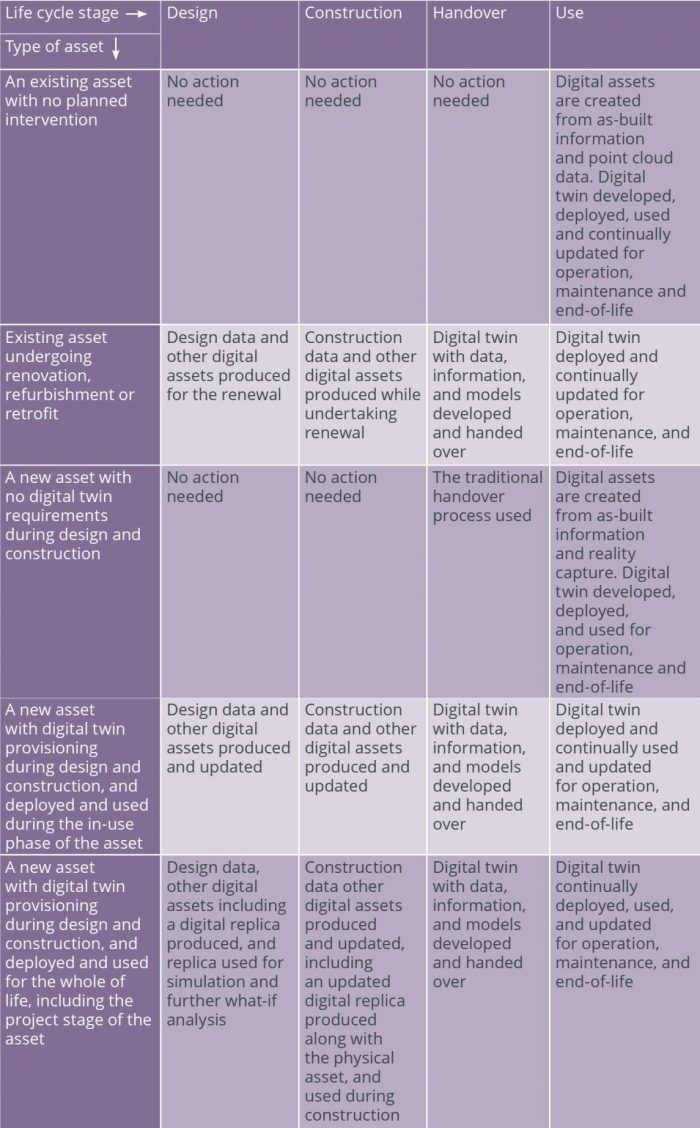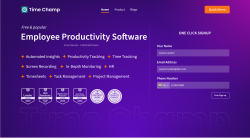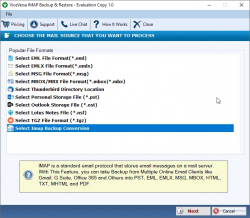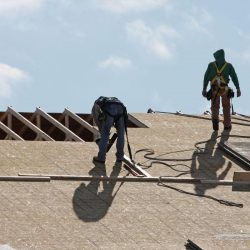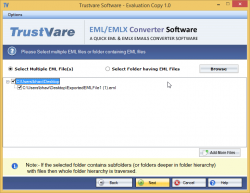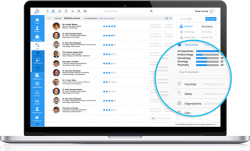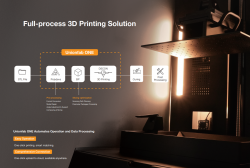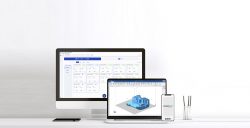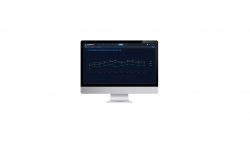Developing and Using Digital Twins from Design to Handover
A smart building digital twin can be created at any project or asset life cycle stage. However, the creation of the digital twin, or detailed planning for its creation at an early stage of the life cycle and its use in the pre-project or project stage, is desirable. Based on the type of asset and use case, actions needed during the design, construction and handover phase are different.
Digitial Twins at Design Stage
During the design stage, the main contribution to developing a digital twin is producing and creating digital assets such as BIM, drawings, images, and other types of design data and information about the construction objects and the asset itself. Careful consideration of the consistent classification of elements, and definition of a data dictionary that is complete enough to fulfil the intended use cases, are foundational requirements. Verification and validation of data is essential.
A virtual representation that acts as a representational (graphical) and computational model is developed. The delivery of digital assets during design is guided by the overall information management process adopted for the digital twin.
At the design stage, the careful planning of the sensing layer (e.g. sensors, IoT devices, and asset and facility management system) can also be conducted and integrated with the design of the physical asset. Design specialists, vendors, and suppliers may be involved in specifying the sensing layer at this stage.
The use of the digital twin can enhance the design process and the creation of digital assets. This happens in two ways:
Firstly, by using digital twins, the designers and engineers have an opportunity to model, simulate and conduct what-if scenarios to improve and optimise their design. In a connected environment, they can also see how their asset design fits with existing assets and the surrounding environment. This can be performed at an individual asset scale to a district or city level.
Secondly, the design can be informed by data, information, and evidence received from various sources in a connected ecosystem. This can ensure tight coupling between the design, construction, and operation of built environment assets. Digital twins can improve the built environment’s operational efficiency by integrating and automating the historical data and information from downstream processes such as asset management and facility management to inform performance-led design. While not possible on all projects, early involvement of construction and asset and facility management experts, along with the use of digital twins, can enhance the detailed design process.
The opportunity during the design phase is to create simulations of how the asset will operate and how end-users will use it, from traffic flow analysis to occupancy to energy use. By starting with simulations that can be validated in the actual asset, design intent can be carried forward and iterated with actual data once the asset is operational.
Digitial Twins at Digital Construction Stage
The physical asset is stood-up during construction. Large volumes of data are generated, updated, used and stored during construction. This is the stage where as-designed, as-planned, and as-built data about the asset can be merged. Any changes (captured by images, videos, point clouds) during construction can be merged into the virtual representation using the as-built data. The use of BIM and related processes such as 4D and 5D BIM helps streamline the management of data and information during this phase.
In the construction stage, the sensing layer is assembled and installed as part of the physical asset and marked on the virtual representation for handover. As part of the digitisation, further BIM integration into construction, growing site data from digital tools, real-time inventory tracking and prefabrication and industrialised construction are beginning to knit together to improve the information management process during construction.
Taken together, construction teams are now better positioned to create, deploy and use digital twins from the inflow of materials, products and prefabricated components, the models of the asset itself, and the analytics to make those flows of data into valuable insight. Digital twins, in turn, can be effectively deployed during construction. Many site-based processes can be enhanced by using digital twins. Production management, work performance, health, safety, and wellbeing of workers, materials, and equipment tracking, can all benefit from the use of digital twins.
Digitial Twins at Handover Stage
The handover of an asset can be significantly improved when digital twins are used. The traditional handover is generally inefficient and uses a fragmented and siloed approach to passing on the necessary data and information to the asset manager or operator. This may lead to missing information, difficulty assessing critical information or tedious processes due to a lack of interoperability of systems. As-built BIM models have been used to partially overcome these issues, but regular updating of these models with performance data is still a challenge.
As the design and construction process progresses, large volumes of data are generated and updated in the form of models, images, videos, point clouds, etc. This data is only as valuable as the asset manager’s ability to access and operate, which can be a huge issue. These as-built BIM models (or asset information models) are still document-centric, do not provide a virtual-physical-virtual loop, come together towards the end of the project, and do not use recommended information management processes and practices.
On the other hand, a digital twin will allow a knowledge graph of the real world entity to be composed based on a selected ontology that represents the various entities, their interrelationships and the information associated with them, integrated from many data sources, one of them being the as-built models (or asset information models).
The digital twin collates all the handover information into a cohesive information model that is easy to access, use, and update during the operation, maintenance, renewal and end-of-life stages. Applicable to both new and existing facilities, a digital twin promotes best information management practices, reduces risks, and captures performance data and knowledge. As the creation of the digital twin begins early, the design and construction teams can continuously stage and validate asset data to assure data quality and accelerate and enhance the handover process.
